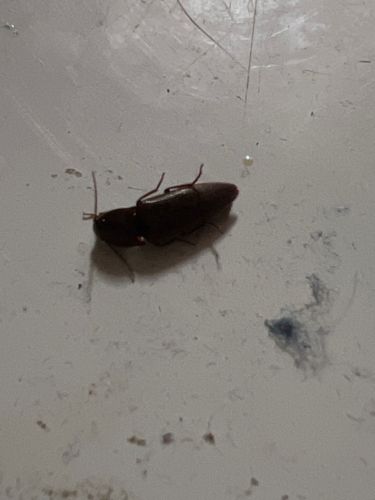Click Beetle
Scientific Name: Family Elateridae
Order & Family: Order Coleoptera, Family Elateridae
Size: Typically 0.2 to 2 inches (5 mm to 50 mm) in length, depending on the species.

Natural Habitat
Found in various habitats including forests, grasslands, gardens, and sometimes indoors. Larvae (wireworms) live in soil.
Diet & Feeding
Adult click beetles primarily feed on nectar, pollen, decaying plant matter, or young shoots. Larvae (wireworms) are often omnivorous, feeding on plant roots, tubers, seeds, or sometimes other small soil invertebrates.
Behavior Patterns
Adult click beetles are known for their unique 'clicking' mechanism, where they can arch their body and use a spine on their prosternum to 'click' and launch themselves into the air when overturned. This helps them right themselves or escape predators. Many are nocturnal or crepuscular. Larvae (wireworms) can live for several years in the soil.
Risks & Benefits
Wireworms (the larval stage) can be significant agricultural pests, damaging crops by feeding on roots, seeds, and tubers, leading to reduced yields. Adults are generally harmless. Some species of click beetles and their larvae can also be beneficial as predators of other insect pests.
Identified on: 9/23/2025